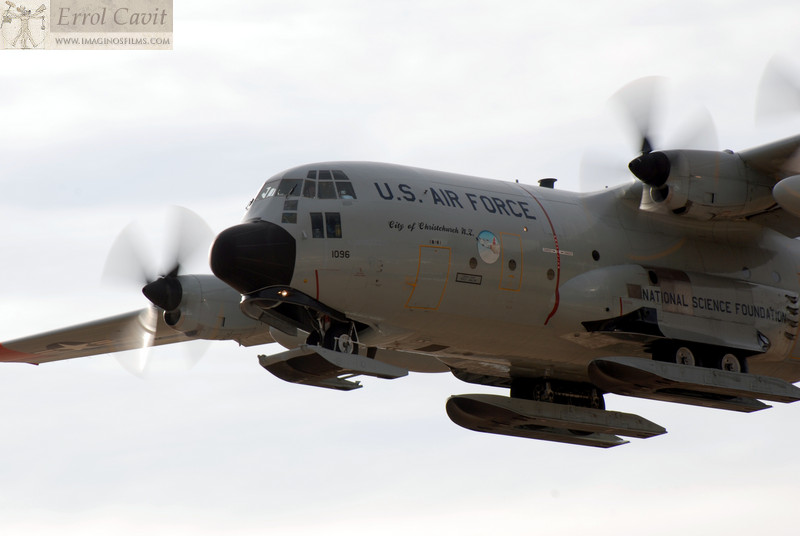From a practical perspective, do you have knowledge of any floatplane taking off from sand, snow, or asphalt without a dolly? Do you have any knowledge of anyone conceiving of doing that to a Bv-222 or anything comparable?
.......................................................
First of all, no-one ever plans to operate seaplanes from asphalt. Landing seaplanes on asphalt is strictly for emergencies. Asphalt abbrades keels too quickly.
Even landing on the grass beside the (asphalt) runway barely scuffs the paint.
Meanwhile we can dig up dozens of stories of bush pilots operating float planes from grass and snow. Sure factory pilots preferred using dollies, but bush pilots are not that fussy about preserving shiny, new paint. Also remember that desperate bush pilots invent new methods rather than risk being marooned hundreds of miles from civilization. The farther they are from Transport Canada, the more imaginative their inventions. Suggestions from logging and mining engineers (eager to get home) accelerate the thought process. Red-neck engineers can do the same job for 10 percent of the cost of diplomaed engineers.
During the height of the Cold War, the USAF devoted considerable R&D money to develop tri-phibian (land, water and snow) versions of Grumman's Albatross and the C-123 Provider. This was during the 1950s, just as they worked the last major bugs out of turbine-powered helicopters. Now turbine-powered helicopters dominate the rescue business.
Back to the original question .... Hitler would cheerfully have ordered Vikings to re-supply Stalingrad .... if he had a large fleet of Vikings sitting idle. Vikings would have suffered about the same casualties as the Ju-52, He-111 and Giant Messerschmitts used in the original effort.
With fore-sight, LW could pre-fit extra- thick keel wear strips to help Vikings stay ahead of known wear patterns when landing on snow.

